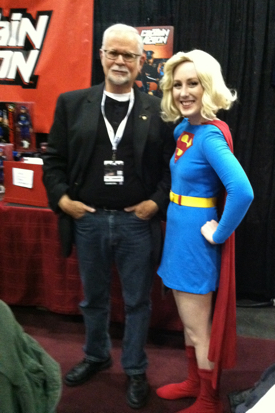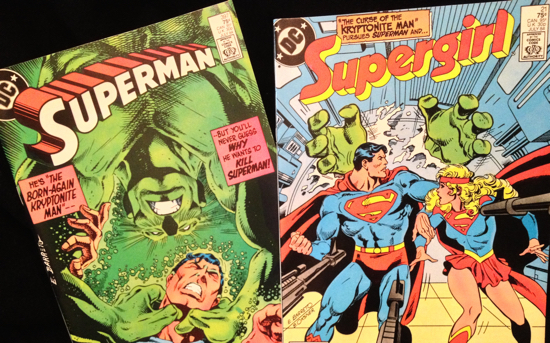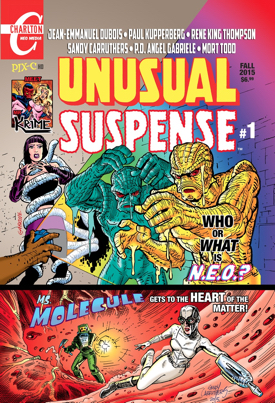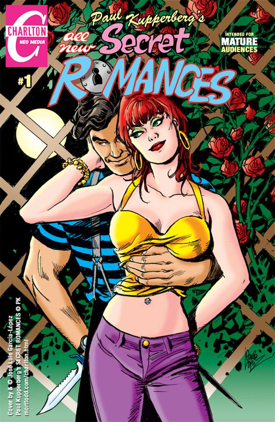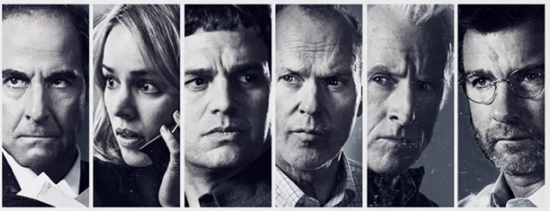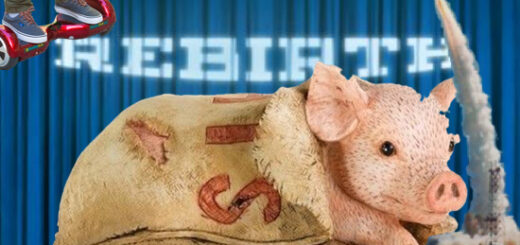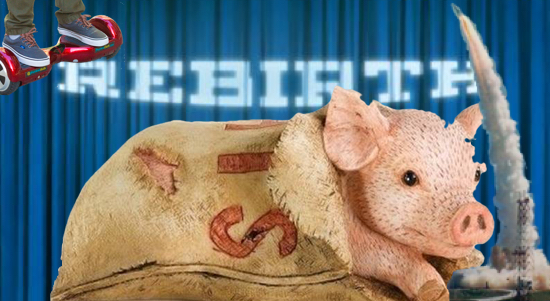Joe Corallo: The Other Side of Crowdfunding
This week I want to touch on a topic I haven’t addressed yet: crowdfunding. It’s been around for years now and has been a consistently used means to help fund projects and inventions ever since. Shortly after crowdfunding began to gain popularity with sites like Kickstarter and Indiegogo, many in and around the comics community flocked to crowdfunding as a means to fund creator-owned projects. It mostly started with indie comic creators trying to break in, but as time went on more established creators used crowdfunding as a way to fund passion comic projects and small publishers used it to start funding projects to lower their financial risks. Lowering financial risks for publishers to try putting out new kinds of comics has also been a boon for diversity in comics.
Just to get this out of the way before I dive right in, yes, sometimes crowdfunding goes wrong. The overwhelming majority of projects move along just fine, but there are exceptions. Don’t let reports of those discourage you from considering supporting projects you love that sound feasible. As crowdfunding has become a larger and larger phenomenon, different sites have been requiring projects to provide more information including timelines on when to expect progress on the project in question and risks the project will face. Don’t be discouraged, but don’t not read the fine print either.
I started using Kickstarter in 2012. The first comic project I donated to was Giant Robot Warrior Maintenance Crew. The premise was what if a Voltron type team had pilots that were total divas and the real heroes were their maintenance crew repairing the giant robot warriors during combat. It was a successfully funded and after a while I got my copies of the comic as part of my pledge. Sometime later, Giant Robot Warrior Maintenance Crew would be available through Diamond. Ideas like that would not have gotten much traction prior to crowdfunding, at least enough to print physical copies.
Not only has crowdfunding helped with the diversity of ideas in comics, but with representation on the page and off the page. One of the first projects on Kickstarter I backed like that was Liberator by Matt Miner and Javier Sanchez Aranda, a groundbreaking comic about fighting to end animal cruelty at a high cost. This four issue limited comic series has diversity on the page with both its protagonists and off the page with talent like Javier Sanchez Aranda bringing the story to life with his illustrations. Liberator also broke new ground in comics by having 30% of its profits go to animal rescue efforts, a rare find in comics.
Crowdfunding, particularly Kickstarter in this case, was a crucial part of how Liberator happened. Not only were they able to get the word out in advance of this comic’s release through social media, it helped to get a small publisher, Black Mask Studios, to publish Liberator, making it a flagship title for the fledgling publisher at the time and a cornerstone of its shared universe. Without crowdfunding, we could have been deprived of this original, positive, and powerful comic.
Sites like Kickstarter have been helping women in comics too, both up and comers and established. Smut Peddler is a successful, multi volume series of adult themed comics made largely by women (all stories written and/or drawn by women to get the female perspective), and for women (and the forward thinking gentleman). Books like this often have a difficult time finding a publisher and even a printer because of the content and a place like Kickstarter greatly helps in making a project like Smut Peddler a reality. I would absolutely love to address why often we see publishers and printers having less of a moral dilemma in picking up and publishing a story about hate and extreme violence than they do about a story of love and sex, but I’d hate to derail my own conversation and really that topic is worth dedicating a whole column to.
Queer focused comics have been seeing a new Renaissance with crowdfunding campaigns too. Comics like Beyond, a queer fantasy anthology, have not only been published through Kickstarter funds, but were so successful that a sequel to Beyond is currently in the works. Even Flame Con, NYC’s first LGBTQ focused comic convention, is in part a result of a successful crowdfunding campaign. That’s not to say that the only reason these things happen are because of crowdfunding, but it’s certainly a huge help.
The queer comic on Kickstarter I most recently backed is titled The Other Side. It’s a queer paranormal romance comic anthology. You read that correctly. No, honestly you did. I wouldn’t joke about something like that.
The Other Side is a wonderful example of how far crowdfunding can take us. I could never imagine any large or medium sized publisher taking on a project like this. Even the tiny publishers. It’s such an interesting and unique idea and exactly the kind of idea that the comics industry needs to have coming out to show that in fact not every single idea has been done before. And hey, it’s another chance to get a comic with Fyodor Pavlov’s art in it.
The Kickstarter for The Other Side has been up for a couple of weeks and at the time I’m writing this has already made it to over $20,000 from nearly 700 backers with a goal of $23,000. By the time this column goes up there will be two weeks left to pledge. I strongly urge anyone with an interest in queer comics and seeing them continue to succeed in 2016 or knows someone who does to please pledge if they can or at very least spread the word.



